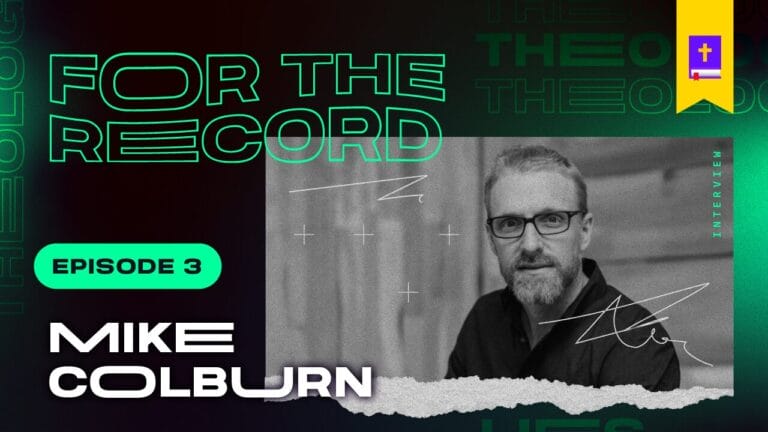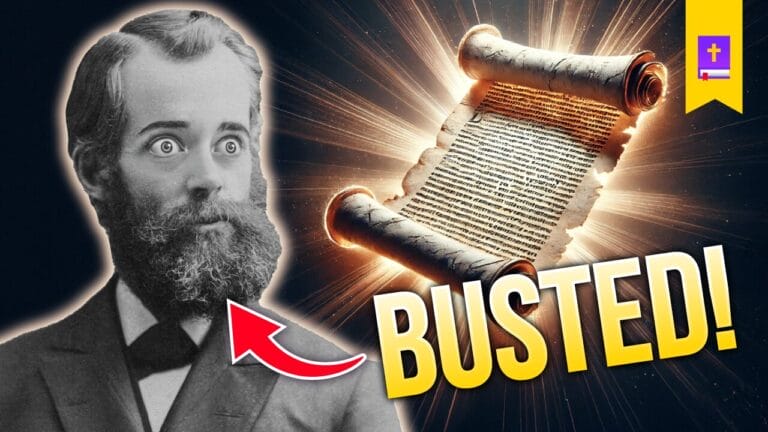The underlying framework for how the Seventh-Day Adventist Church interprets the bible is found in Isaiah 28:9-10. A misapplication of these verses has led them to adopting a hermeneutic that is very faulty. They take these words of Isaiah and apply them to how one should interpret the bible. By “here a little, there a little,” they take that to justify jumping all over the bible and proof texting to build entire doctrines.
For example, they often cite Psalm 77:13 KJV to try and show that their Investigative Judgment and Sanctuary doctrine is biblical—claiming “thy way, O God, is through the sanctuary” is talking about how a person is saved. They rely wholly on the King James’ rendering and will then hitch the entire wagon of doctrines that come with their Sanctuary teaching to this verse when, in reality, Asaph had none of that in view when writing. Modern translations show what the Hebrew is saying—which is simply that God is Holy (Psalm 77:13). Nothing about 1844, investigative judgement, and the entirety of the SDA Church’s quite complex Sanctuary doctrine.
They’ll often refer to this practice of jumping around the Bible as “letting the Bible interpret itself.” The problem is, the immediate context is ignored which has to be sought first to make sure our application of any given passage is correct. The Bible should be used to interpret itself, but only after one establishes the context in which they are citing.
Isaiah 28 has nothing to do with hermeneutics and the phrase in question is actually said by drunken priests of Ephraim and Jerusalem in mockery to God’s prophet, Isaiah (Isaiah 28:1), who think they are above learning and correction. They had become confused and desensitized by the world in their thinking and it was if they had become drunk and could not perceive the truth. God through Isaiah comes reproaching them for their blindness but rejected that correction (Isaiah 28:1-8). The chapter is the beginning of a number of pronouncements of woes that would come upon them all the way up through chapter 33.
These religious leaders respond to this in mockery by arrogantly asking Isaiah if he is going to teach them like little babies recently weaned from the breast who need things line upon line, precept upon precept. They are mocking him because they are teachers (Isaiah 28:7-9).
We then see God’s response to the mockery by telling them that this destruction foretold will come upon them and it will indeed be “line upon line, precept upon precept” and knock them backward. Ultimately, God will have the last laugh, so to speak. This was a Messianic prophecy as Isaiah goes on in the proceeding verses to talk about the “Cornerstone” that would be rejected, speaking of Christ (Isaiah 28:14-29; Psalm 118:22-23; Ephesians 2:20).
Paul actually quotes from this chapter in 1 Corinthians 14:21 where he reprimands the Corinthian churches for seeking the approval of man over loving the truth of God.
It is not a justified application of this passage to support interpreting the bible by jumping around the scriptures, quoting a text here and there to string together doctrine—simply because the phrase “here a little, there a little” is used. Yet, this is a foundational practice to justify trying to show the Adventist system of theology in scripture.










